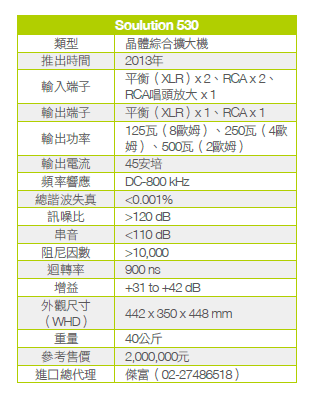Is it time to Gett! Funked?
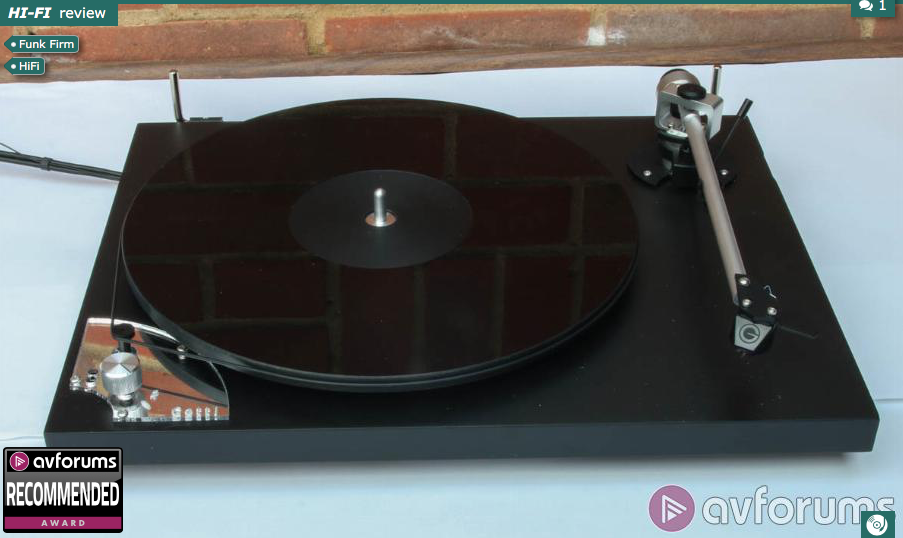
What is the Funk Firm Gett!?
The Funk Firm Gett! is an unsuspended, belt driven turntable – in fact your first glance at it might as well be the archetype of the unsuspended, belt driven turntable. Appearances however, can be deceptive. There are aspects of the Gett! that are unusual regardless of price and some which are practically unheard of at the asking price.
And that asking price is critical because the Gett! pitches into the market at the exactingly specific price of £609. This means that it goes head to head with Rega’s Planar 3 and the Pro-Ject Xpression, products of such ability (and it must be said, ubiquity) that they can make this segment look like a two horse race. At first glance, logic would dictate that there is no reason to back the newcomer in a contest of this nature but things aren’t quite that simple.
This is because The Funk Firm as a company is the brainchild of Arthur Khoubesserian and it isn’t the first company he’s set up. In the eighties, he was responsible for Pink Triangle – a company that has had a disproportionate impact on the business of turntable design. The Gett! is a considered and condensed take on the business of making an affordable turntable and if anyone can bring something a little different to the business of affordable analogue it is likely to be Arthur. Does the Gett! do enough to tempt you away from the major players though?
Specifications

The nature of affordable turntables and the functions that they have to perform means that there really isn’t that much variation in their general layout but if you look closer at the pictures of the Gett!, you will note that there are some variations to its design that are distinctive and wholly deliberate. These distinctions hide other design decisions that are also significant.
The first is that the motor of the Gett! is placed at the front of the plinth in contrast to most rivals. An engineering theme that runs through Funk Firm turntables is the behaviour of the motor on the rest of the turntable. While placing the motor toward the back of the plinth is extremely convenient in terms of connecting everything else up, Funk argues that doing so allows it to generate resonances at exactly the most effective point to affect the playing surface. The motor then proceeds to act on the outside edge of the platter to minimise gyroscopic effect. In more advanced Funk models, it acts on a multi pulley arrangement which serves the same purpose but this isn’t practical for the Gett!
What isn’t visible but is no less important to the Funk philosophy is that the motor works on direct current rather than alternating current principles. This has been a key to both Funk and Pink Triangle designs from the outset and is effectively non-negotiable. The argument goes that a DC motor is not affected by the very slight ‘pulsing’ effect that is present in AC designs and therefore acts on the platter in a more benign way. This is a fairly rare thing to encounter in a relatively affordable turntable. No less useful is the ability to select between 33 and 45 rpm at the switch rather than by moving the belt.

Very significant to the performance of the whole turntable is the tonearm. Thus far, turntables reviewed on AVForums have used either conventional bearing arms or unipivots. The Funk uses a thread bearing arm where a quantity of aluminium wire is used to support the horizontal and vertical axis of the arm’s movement. A knurled screw at the top can be used to increase the torsion of the thread and apply more antiskate. The result is an arm that does without captive bearings without the complete lack of restraint that applies to a unipivot arm. The only remotely similar system we’ve seen is used on the Elipson Omega but this only uses thread torsion for the antiskate rather than mounting. The arm itself is made from aluminium and then makes use of an acrylic headshell on the end for the mounting as the interaction of the two materials is intended to better control resonance. Crucially, this arm is fitted with the ability to adjust the vertical tracking angle (VTA) – the height which it sits over the record. This means that the Gett! can be persuaded to work with a selection of cartridges more easily than many rivals where the arm is at a fixed height.
The acrylic in the headshell isn’t the only use of this material either. The Gett! uses an acrylic platter. This is not terribly unusual in this day and age but it is worth pointing out that Pink Triangle was the first company to use acrylic in this way and held a patent for doing so. The platter itself is fairly thin but thanks to the adjustable VTA, you can add another Funk product and one that we have seen before. This is the Achromat – a sort of ‘blown acrylic’ mat that improves the damping and resonance control. I have a lipped Achromat that I have used on the various direct drive designs I have tested in preference to the supplied rubber mat.
The design ‘stretch’ doesn’t end there either. The Gett! is supplied with pliant rubber feet of a type not dissimilar to rivals. You can however unscrew them and add a system called the BOING (there are products in the Funk inventory that don’t automatically cause Word to go into a spasm of red and blue lines when typed but none are present for this review). This is effectively a decoupled and suspended foot that creates a suspended turntable when substituted for the existing feet. These feet can also be used on other turntables too.
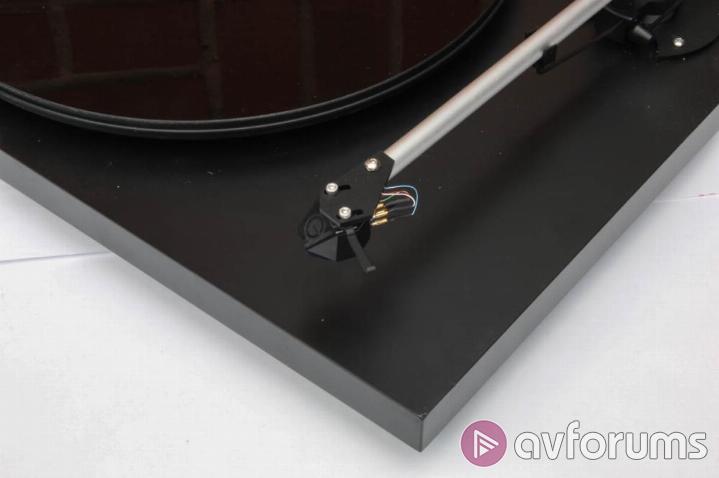
As noted, there are limits to what you can do with turntables at this price point that means that the Gett! does look pretty much like a conventional record player. Thanks to the various idiosyncrasies of the design, the Gett! is different in concept and execution to many rivals and it feels a little different too. Some of this is good. The tonearm can feel a little odd when you attach a cartridge to it but the movement is exceptionally smooth and non mechanical in nature and it feels more able to handle a wide variety of cartridges than most similarly priced rivals. The turntable itself is free of fripperies but it feels well thought out and it is no harder to use than key rivals.
It is harder to setup though. Fitting the belt to the Gett! is a dark art. With the thin platter and a round belt you need to use the approved method (feeding it slowly round the platter) or you’ll most likely never do it. The spindle is also a little on the large side. Having an extremely snug fit is another part of the Funk philosophy but as far as I’m concerned, the tolerances are a little on the tight side. I don’t necessarily believe this is an ideal first turntable – you would do well to ‘get your hand in’ with something simpler first.


“The turntable itself is free of fripperies but it feels well thought out and it is no harder to use than key rivals”
How was the Gett! tested?
Sound Quality
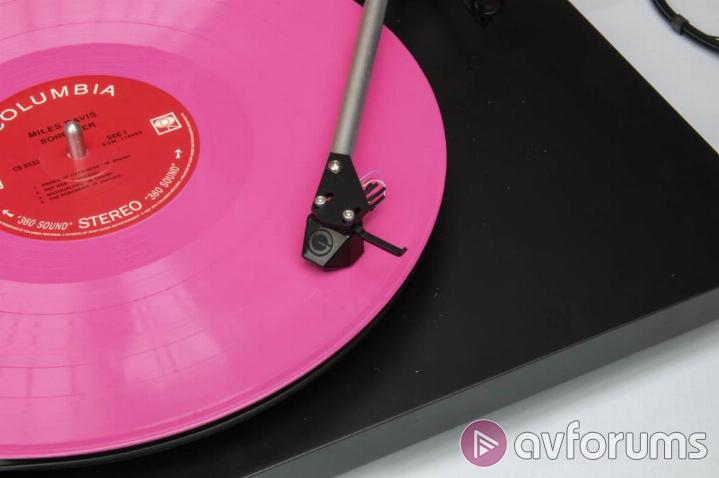
The most important thing about the Gett! is that once it has been set up, those unusual design decisions do make themselves felt and they do so in a positive way. Exactly how this happens varies slightly on the material you choose to play but as one of the earliest pieces of music that it really made itself felt was Wide Open by the Chemical Brothers, it seems like a good place to start. The presentation of the Gett! is subtly but noticeably different to the way that a Planar 3 goes about the same track.
Firstly, the Gett! has a deeply impressive sense of space and scale for an affordable turntable. The soundstage is absolutely believable and there is more to the way this is handled than simply shoving the sound out to the extremities. Close your eyes and Beck’s vocals are in the centre of the mix and their relationship to the backing music is extremely well judged; nothing sounds detached from each other but it is easy to follow what is going on at all times. No less impressive is the bass response. Even judged as a £600 design, the Gett! is an extremely low mass design but there is a force to its presentation that can be genuinely surprising.
It isn’t perfect. If you listen to the standard torture tests of long sustained notes, the Funk isn’t as resolutely pitch stable as some rivals and nothing I’ve been able to do has completely eliminated this. Depending on how sensitive you are to such a thing, it might be an absolute deal breaker or a non event. The presentation of the Gett! is also a little more matter of fact than some rivals. It won’t sugar coat poor pressings and choosing an unsuitable cartridge might result in a somewhat bright presentation.

Choose the right cartridge though and the Gett! shows it can deliver a seriously impressive performance. The Goldring is excellent – it is unreasonably good for £100 – but moving to the superbly capable Nagaoka MP150 lifts the performance considerably. This is important because the Nagaoka is more expensive than you might traditionally pair with a turntable of this nature. Impressively, the Gett! still has more to give. Putting the Rega Ania on there – a cartridge fully 80% the all up price of the Gett! itself, still shows the Funk making progress. There is a considerable amount of stretch in this little turntable.
And not all of that stretch is down to changing the cart either. Adding the Achromat results in the noisefloor of the performance – already pretty low – dropping even further and the rhythmic edge of the Gett! improving too. For £60, this really should be the first thing you do to a Gett!. The BOING is a slightly different proposition. It actually seems to alter the presentation of the Gett! in that there is a sense of energy added that its normally quite down the line character doesn’t have. This is more engaging but I’m not completely sure it feels more accurate. Depending on what you want your turntable to do, you might find that this is not the direction you want to take it and something like a wall shelf might suit you better. Once again though, having the option to try it is noteworthy.

“There is a considerable amount of stretch in this little turntable”
Conclusion
 For those of you that enjoy reading between the lines, the Gett! might be seen as an idiosyncratic product. You could leave a reasonably educated adult with no prior experience of vinyl setup in a room with many of its rivals and come back with the expectation of finding a functional record player. This is not something that is an absolute given with the Funk – it’s more fiddly and unforgiving. As I said earlier, this is not an ideal candidate for a first turntable.
For those of you that enjoy reading between the lines, the Gett! might be seen as an idiosyncratic product. You could leave a reasonably educated adult with no prior experience of vinyl setup in a room with many of its rivals and come back with the expectation of finding a functional record player. This is not something that is an absolute given with the Funk – it’s more fiddly and unforgiving. As I said earlier, this is not an ideal candidate for a first turntable.
If you’ve done your time with something else though first and learned about the foibles of the format, there’s no escaping the Gett!’s ability to make many rivals sound constrained and congested. Even with a £100 cartridge on it and none of the extra parts, it has a sheer ability that is noteworthy and the stretch the basic design has is considerable. This isn’t a turntable for everyone but for many people, the incredible capability of this deceptively simple looking design will be too impressive to ignore. For this reason, the Gett! is worthy of recommendation.




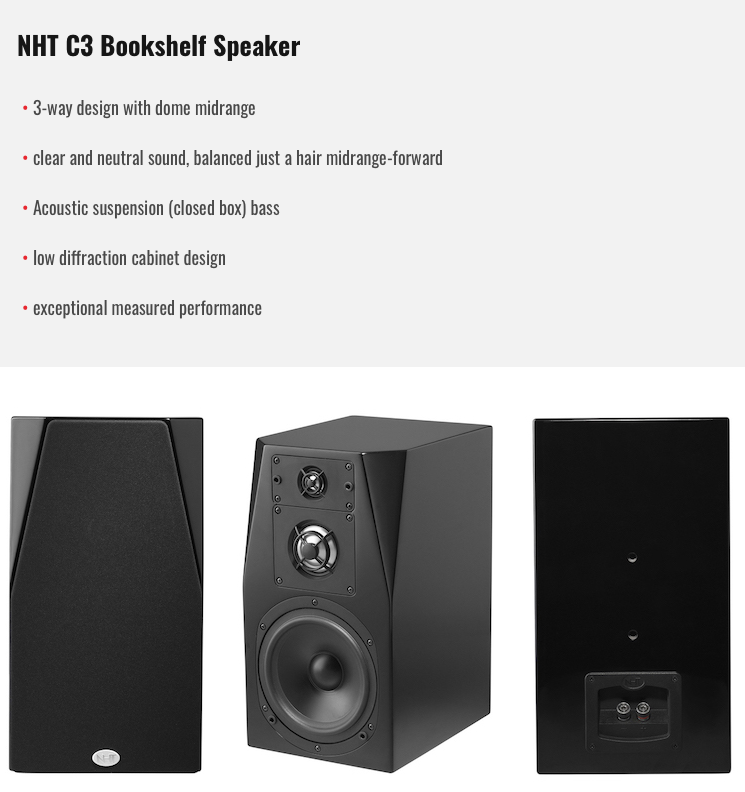
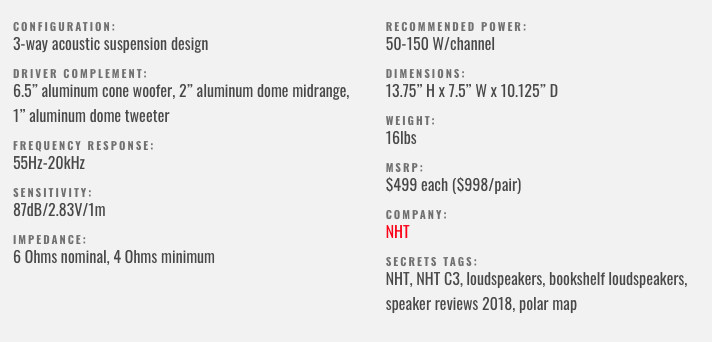
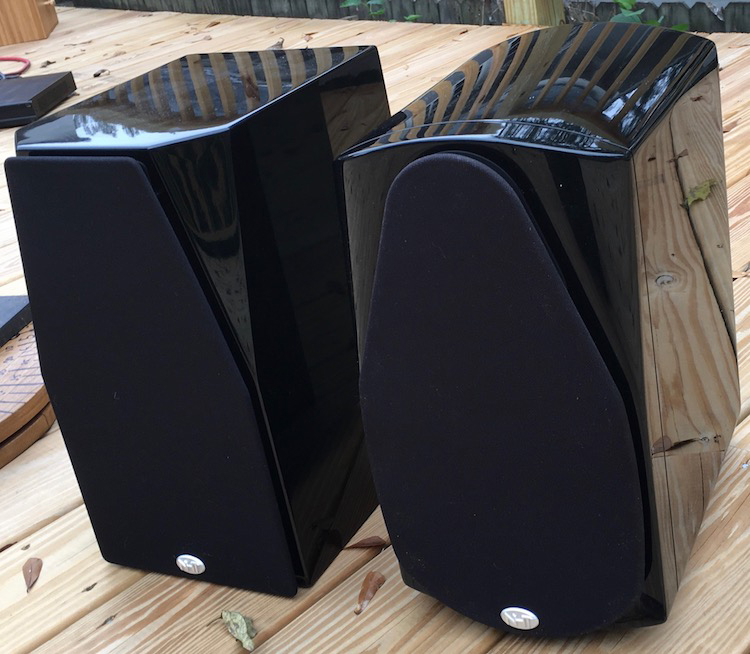

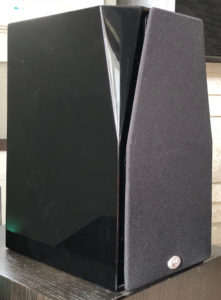 Angled facets flank the C3’s midrange and tweeter, providing some diffraction control and visual character. Closer inspection reveals that the facets are three separate triangles, not flat planes. I associate this level of cabinet detailing with more expensive brands, such Joseph Audio or Avalon Acoustics.
Angled facets flank the C3’s midrange and tweeter, providing some diffraction control and visual character. Closer inspection reveals that the facets are three separate triangles, not flat planes. I associate this level of cabinet detailing with more expensive brands, such Joseph Audio or Avalon Acoustics.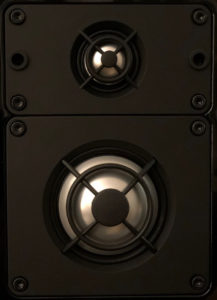 NHT also updated the C3’s midrange and tweeter. The C3’s domes have individual faceplates, which makes driver replacement simpler and cheaper compared to the Classic Three’s ovoid mid-tweeter flange. The aluminum dome tweeter is now a 1″ unit. The foam is gone. NHT specifies crossovers at 817 Hz and 4750 Hz, no orders provided. The new dome midrange thus plays a little higher than the Classic Three’s midrange did.
NHT also updated the C3’s midrange and tweeter. The C3’s domes have individual faceplates, which makes driver replacement simpler and cheaper compared to the Classic Three’s ovoid mid-tweeter flange. The aluminum dome tweeter is now a 1″ unit. The foam is gone. NHT specifies crossovers at 817 Hz and 4750 Hz, no orders provided. The new dome midrange thus plays a little higher than the Classic Three’s midrange did.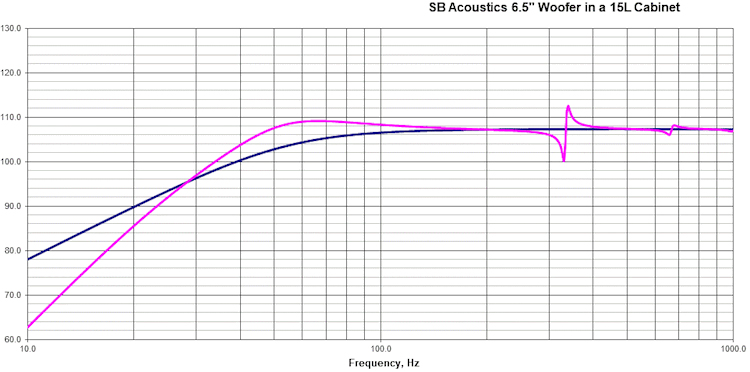
 I think of Iron & Wine as a modern Simon & Garfunkel, Cat Stevens, or Jim Croce. Like those men, Sam Beam is a skillful melodist with a warm, soothing voice that meshes well with acoustic guitar. He also has their knack for lyrical storytelling. “Beast Epic” is best enjoyed as a continuous rinse of music, not atomized tracks on a playlist.
I think of Iron & Wine as a modern Simon & Garfunkel, Cat Stevens, or Jim Croce. Like those men, Sam Beam is a skillful melodist with a warm, soothing voice that meshes well with acoustic guitar. He also has their knack for lyrical storytelling. “Beast Epic” is best enjoyed as a continuous rinse of music, not atomized tracks on a playlist. I had not listened to this symphony in quite a while, so when I saw this new interpretation on TIDAL I was curious. From the first bars, Vanska’s interpretation proved quite different from the hyper-dramatic Bernstein/Vienna Mahler 5 I grew up with. Comparatively, Vanska almost dissects the symphony.
I had not listened to this symphony in quite a while, so when I saw this new interpretation on TIDAL I was curious. From the first bars, Vanska’s interpretation proved quite different from the hyper-dramatic Bernstein/Vienna Mahler 5 I grew up with. Comparatively, Vanska almost dissects the symphony.





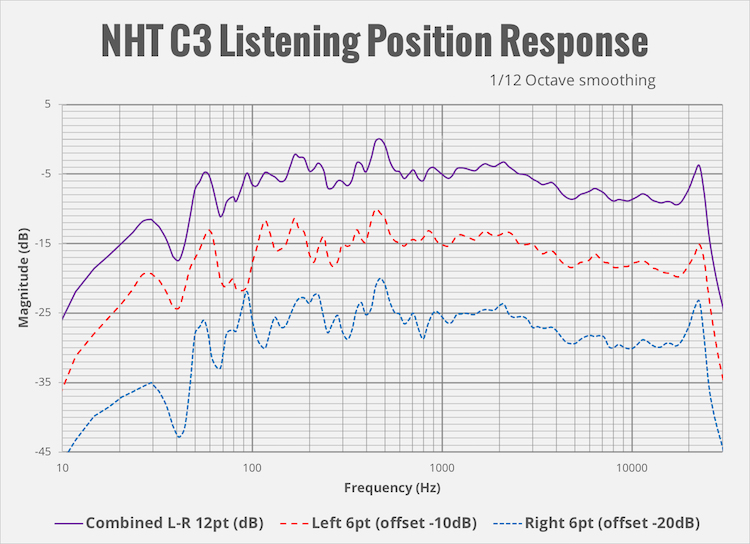
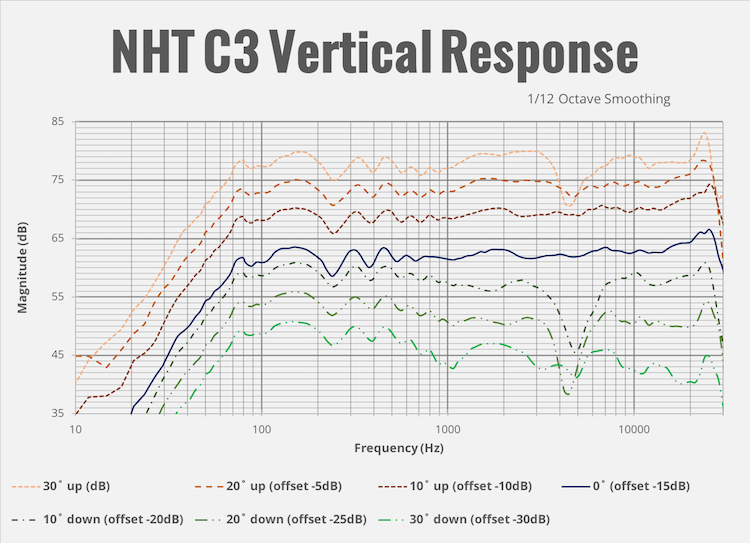
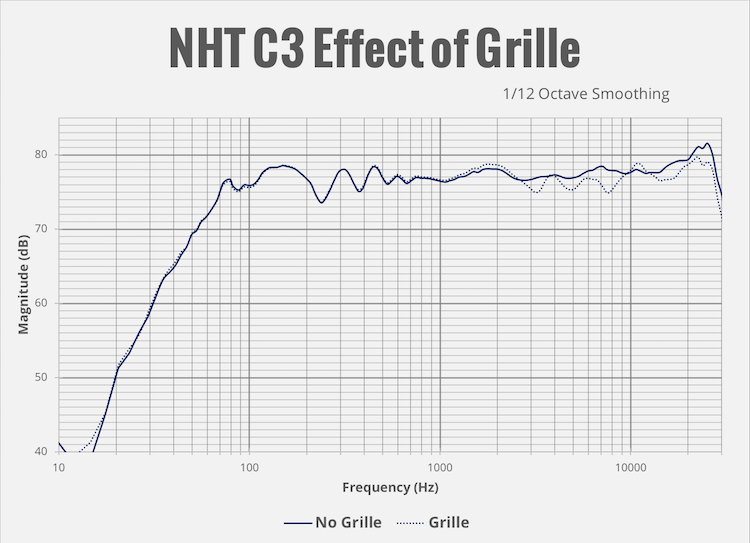


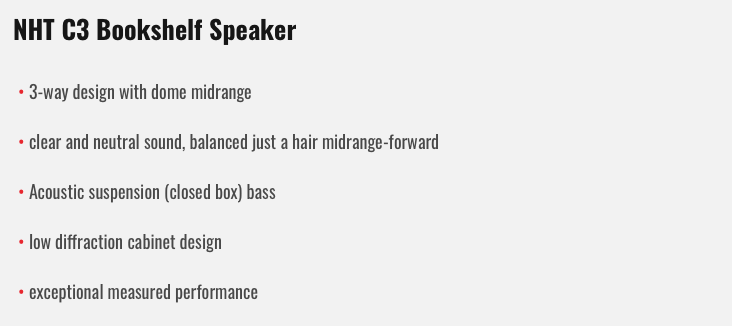

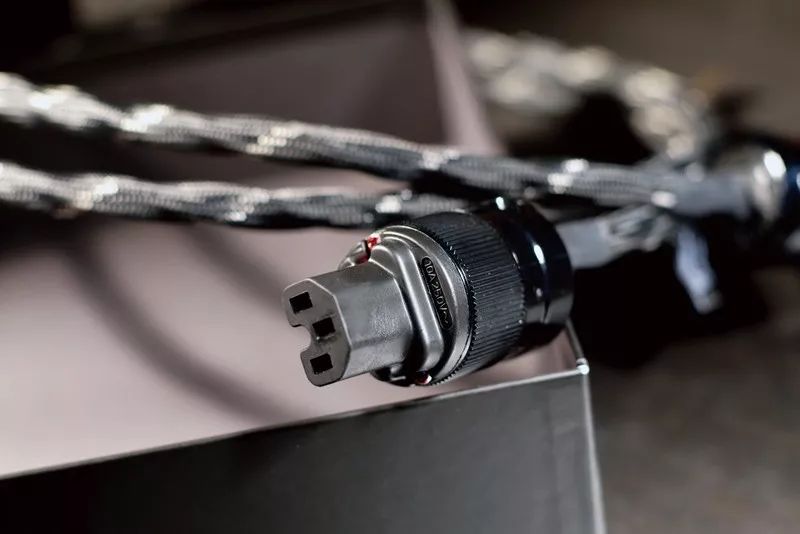
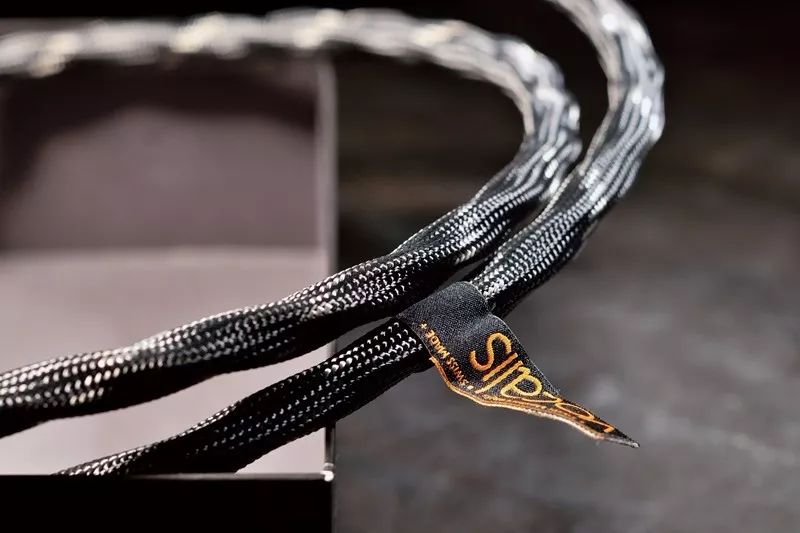
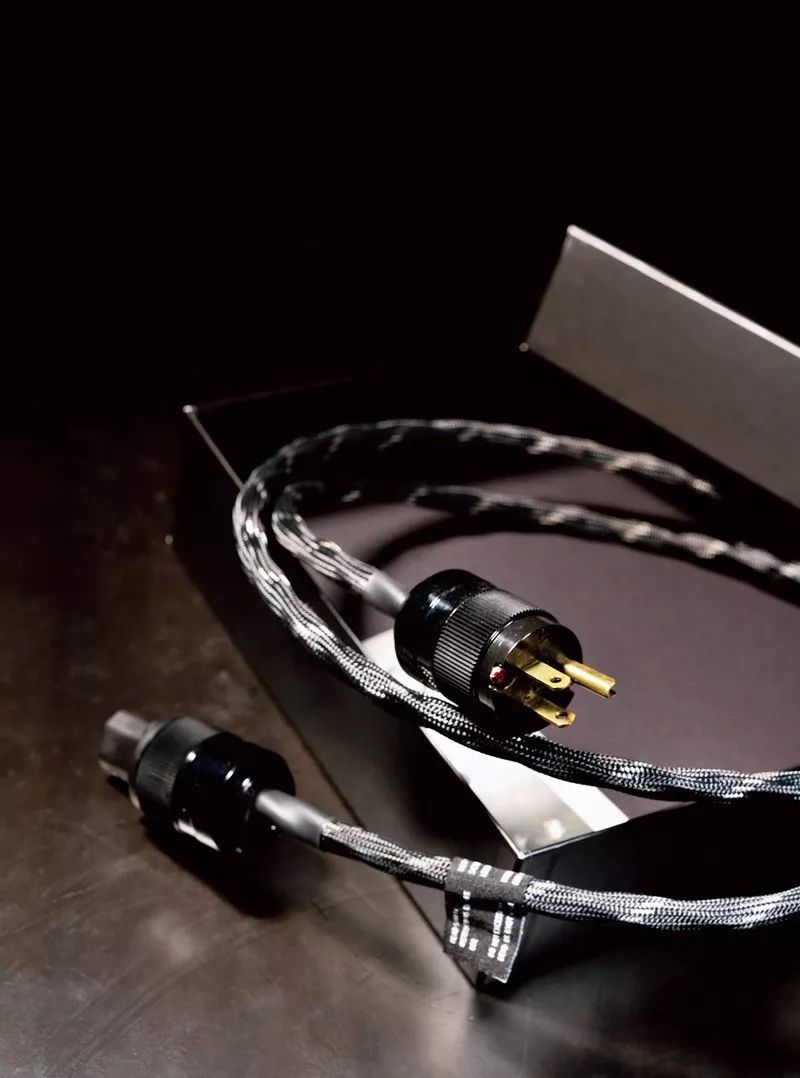
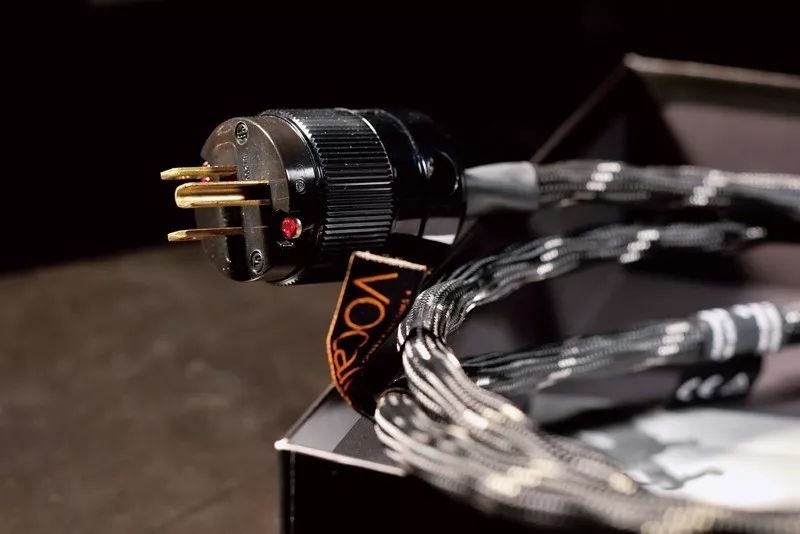
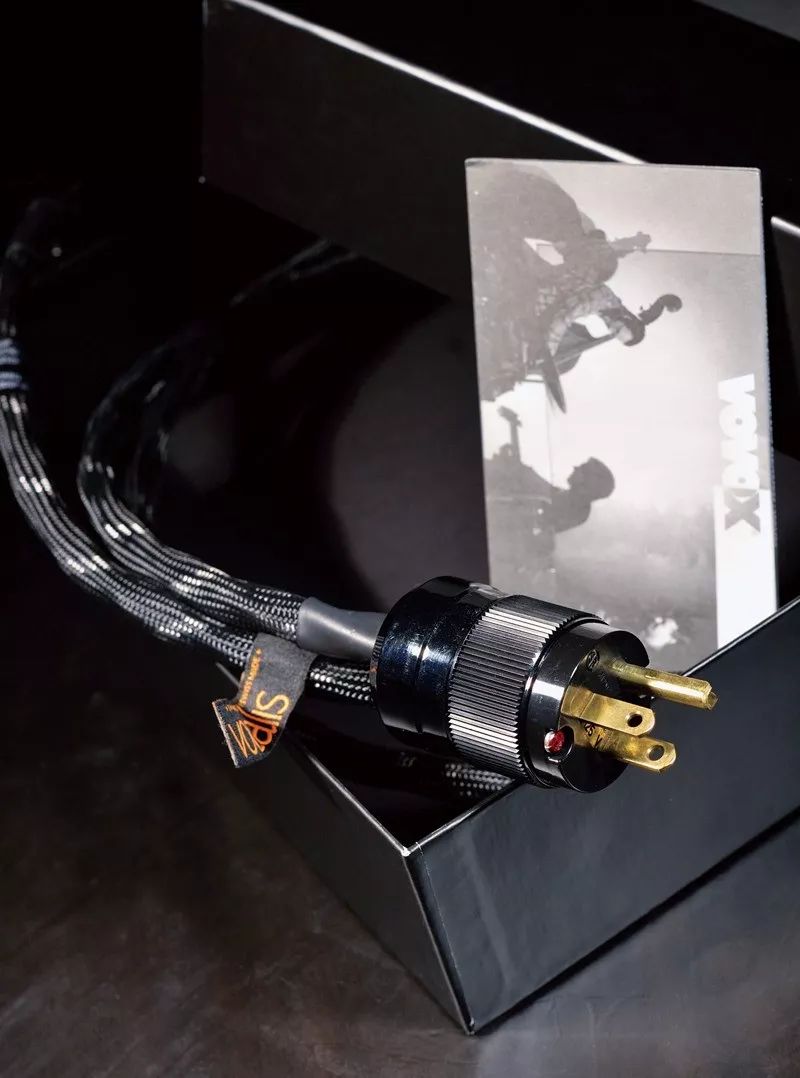
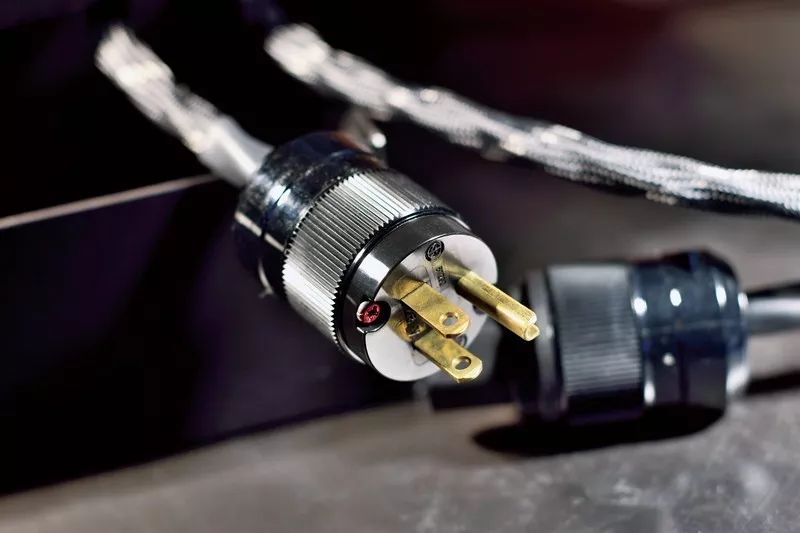
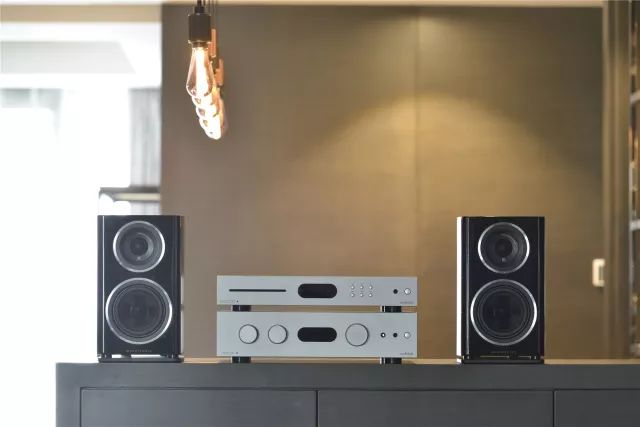
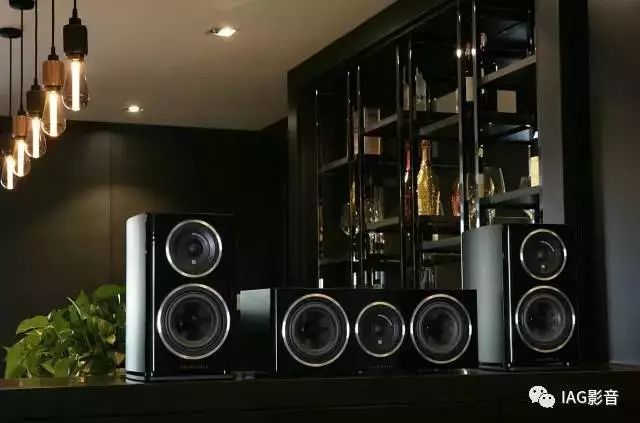


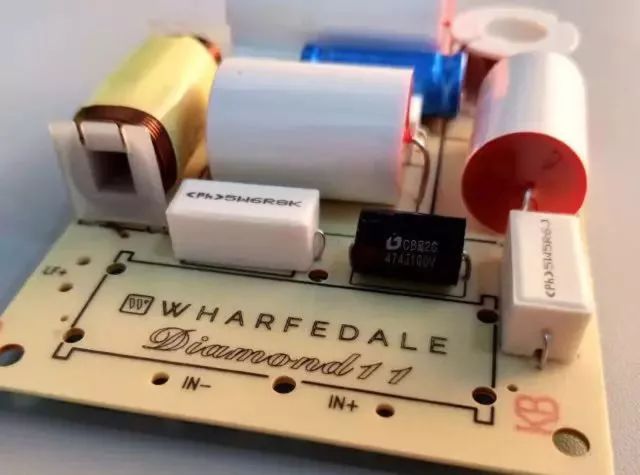
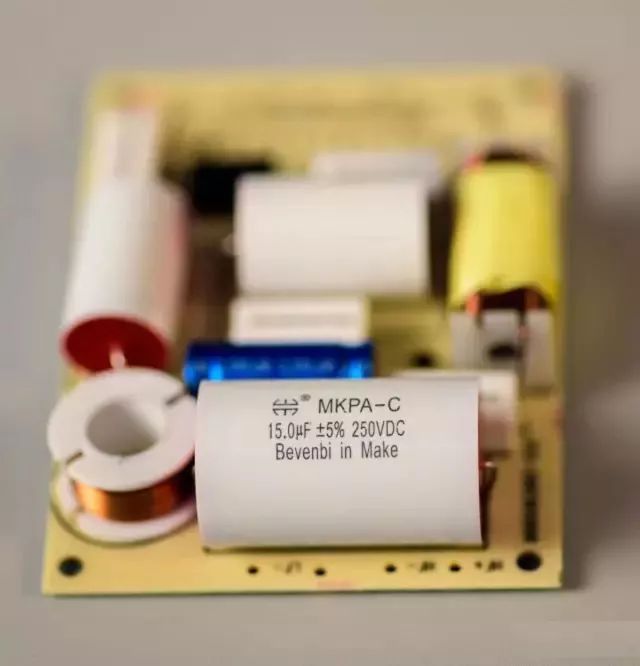
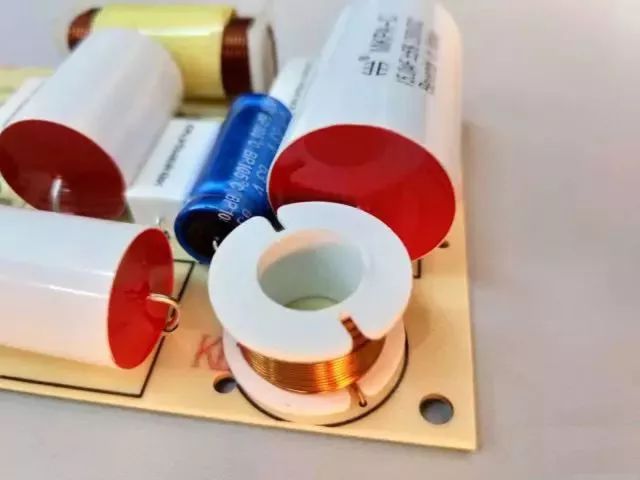


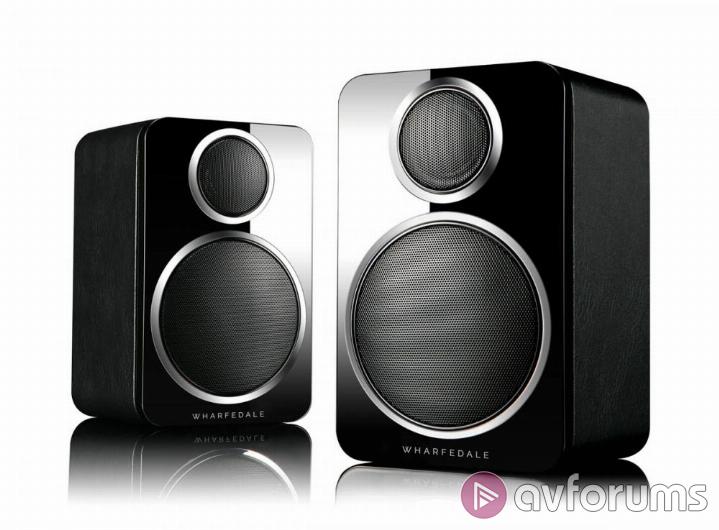
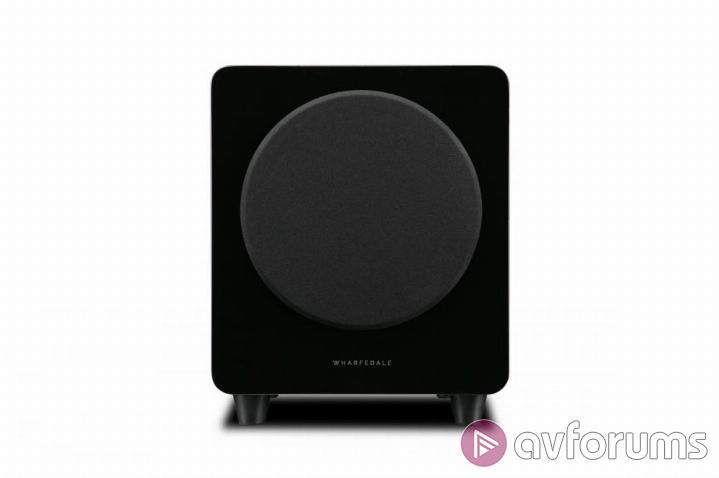
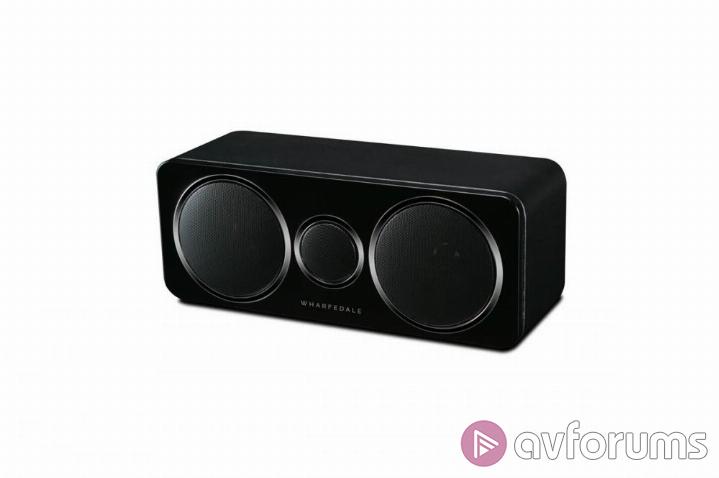
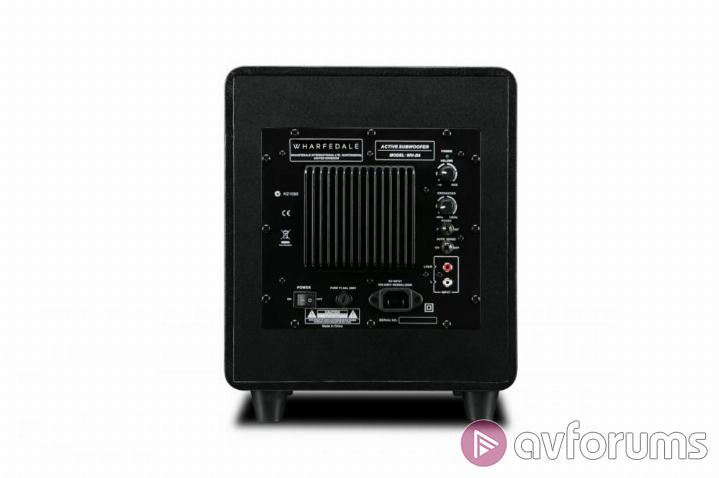
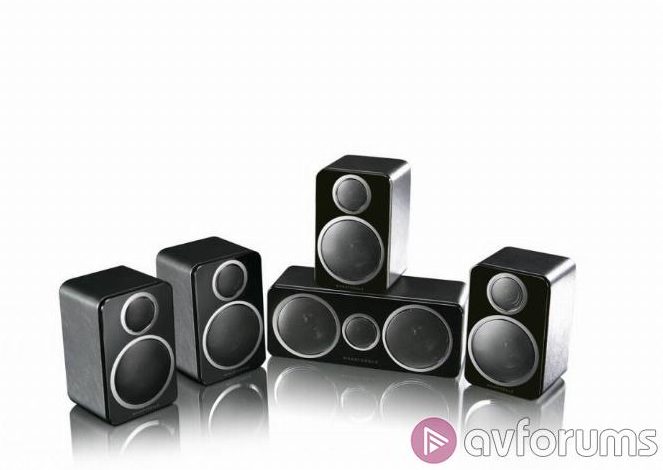
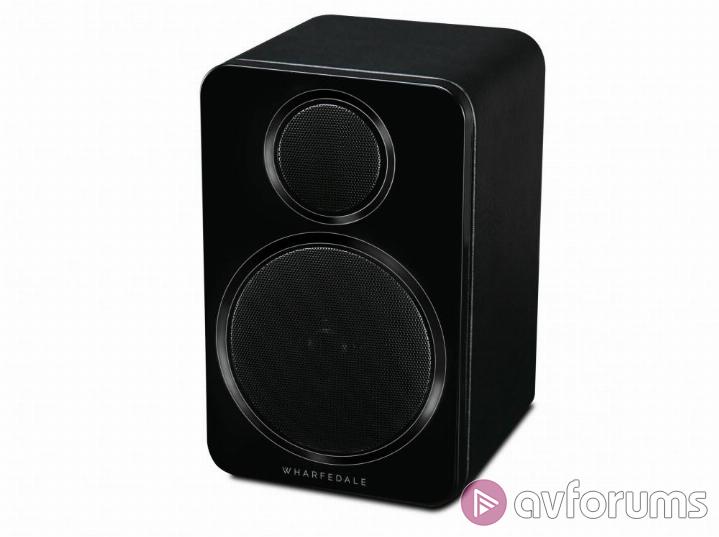

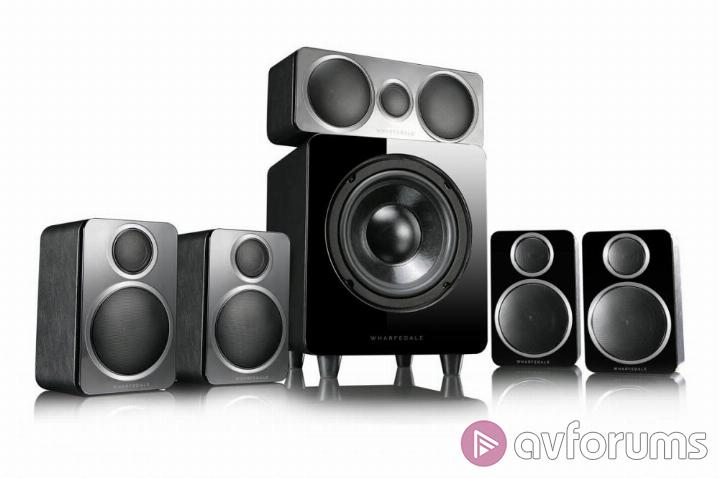
 Conclusion
Conclusion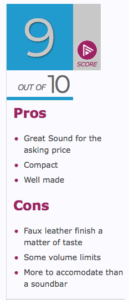 My time with the DX-2 has been illuminating. In so many ways, this is not a radical system – it is very similar in concept and execution to the old Mordaunt Short Premiere systems which I used to provide technical support for over fifteen years ago. There’s nothing here that is in any way revolutionary… but… it doesn’t stop the DX-2 being seriously good.
My time with the DX-2 has been illuminating. In so many ways, this is not a radical system – it is very similar in concept and execution to the old Mordaunt Short Premiere systems which I used to provide technical support for over fifteen years ago. There’s nothing here that is in any way revolutionary… but… it doesn’t stop the DX-2 being seriously good.
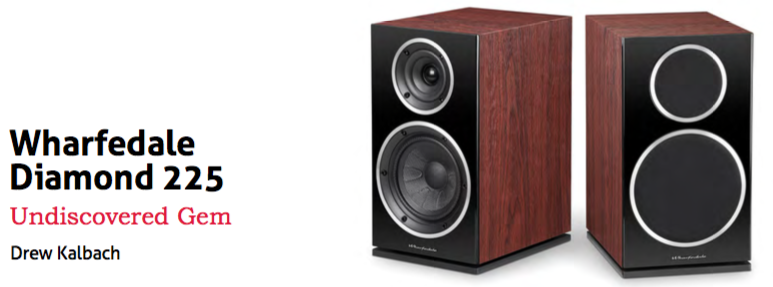
 These speakers remind me that the “entry-level” isn’t a bad place to be. Inexpensive components are getting better and better as high-end design trickles down into supposedly budget hardware. The diamond 225s take everything good about high-end audio, the power of beautifully reproduced music, and they make it accessible to a wider audience. I believe the 225s would satisfy just about anybody for fantastic-sounding speakers design by a respected manufacturer at a reasonable price. They’re not perfect, but man, they’re still more than good. I highly recommended them.
These speakers remind me that the “entry-level” isn’t a bad place to be. Inexpensive components are getting better and better as high-end design trickles down into supposedly budget hardware. The diamond 225s take everything good about high-end audio, the power of beautifully reproduced music, and they make it accessible to a wider audience. I believe the 225s would satisfy just about anybody for fantastic-sounding speakers design by a respected manufacturer at a reasonable price. They’re not perfect, but man, they’re still more than good. I highly recommended them.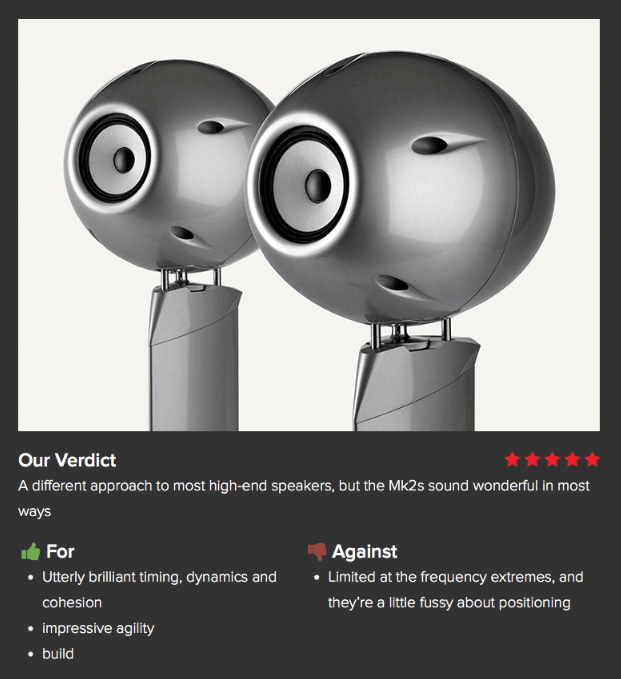
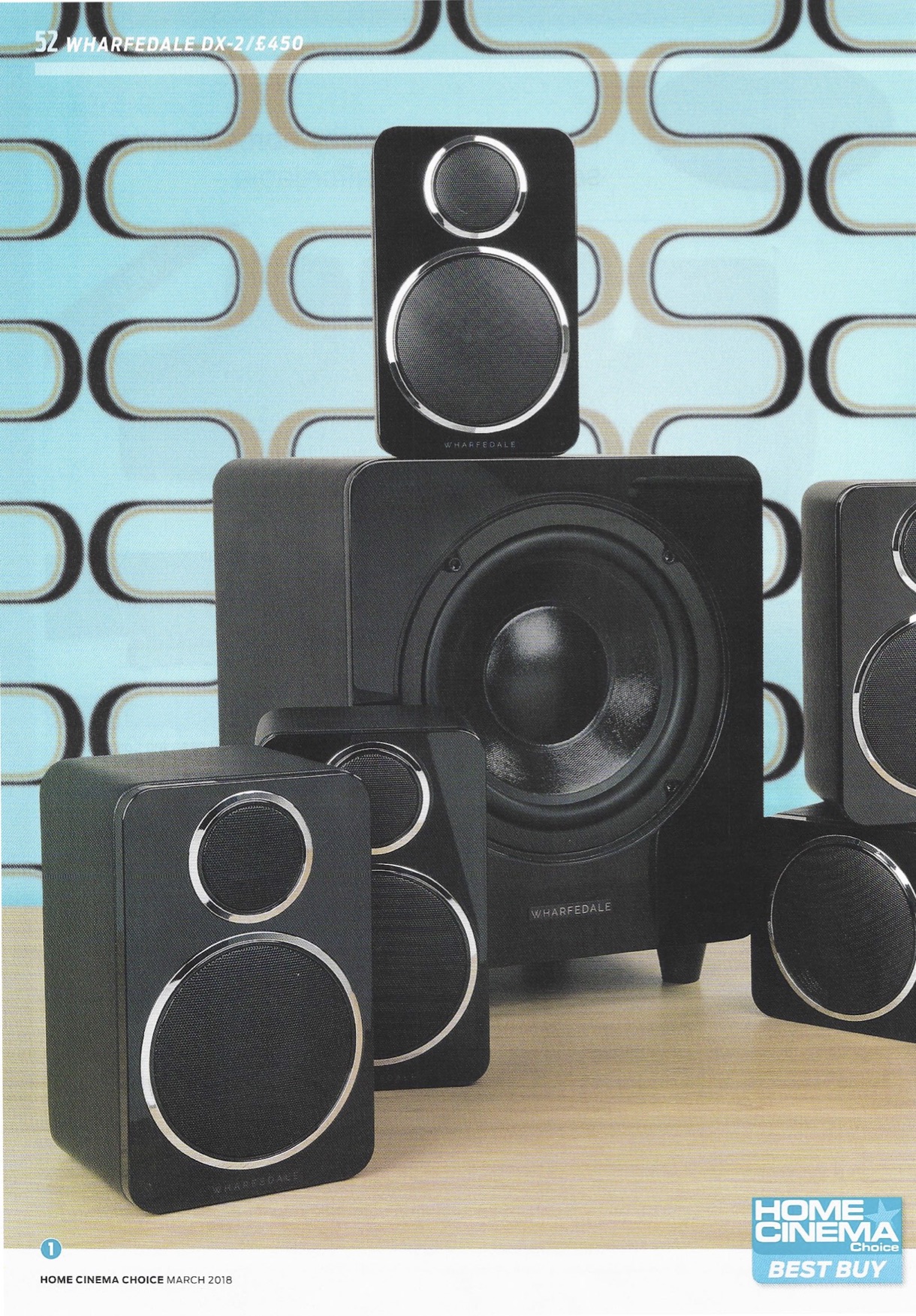



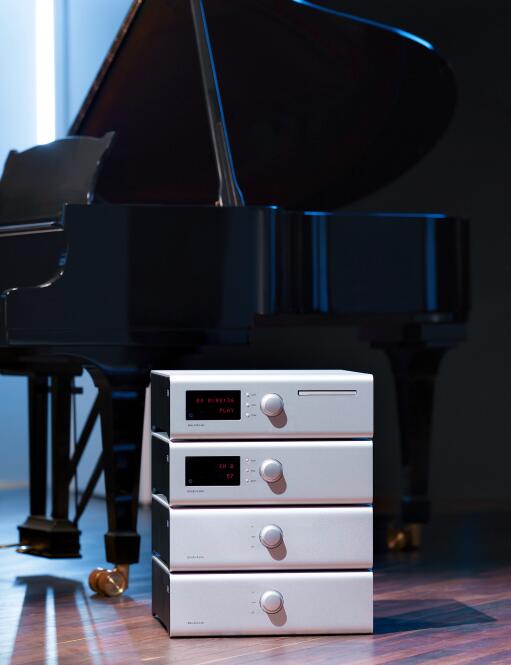
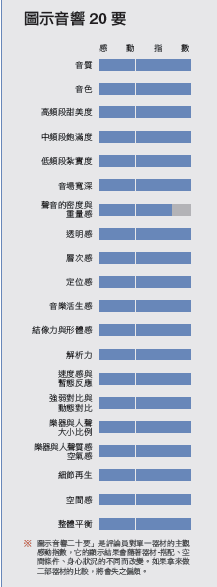 承襲 7系列,售價相對便宜 簡單講過 Soulution 的來龍去脈, 準備進入本文。Soulution 的高價系列是 7系列,相對平價系列則是 5系列,5系列包括 520前級、501單聲道 後級、530綜合擴大機、540 Digital Player,以及 590 USB Converter,這次要寫的是 520前級與 501後級,先說 520前級。它的外觀跟我寫過的 540 CD唱盤完全一樣,只是 CD 唱盤多了
承襲 7系列,售價相對便宜 簡單講過 Soulution 的來龍去脈, 準備進入本文。Soulution 的高價系列是 7系列,相對平價系列則是 5系列,5系列包括 520前級、501單聲道 後級、530綜合擴大機、540 Digital Player,以及 590 USB Converter,這次要寫的是 520前級與 501後級,先說 520前級。它的外觀跟我寫過的 540 CD唱盤完全一樣,只是 CD 唱盤多了
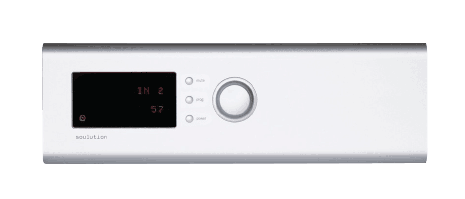 520 前級面板雖然簡單,但那個旋鈕卻同時擁有數種功能。在正常狀態 下可以控制音量大小。再輕按一下會讓音量控制失效,按久一點再放開可以進入輸入端切換選擇,選取您要的 輸入訊源。如果要進入選單設定要怎麼做? 按住 Prog 鈕不放至少10 秒鐘, 就會進入選單模式,接著旋轉大旋鈕來選擇想要的項目,選好之後再按一下大旋鈕表示進入,接著可以轉動大 旋鈕來改變數值,最後再按一下大旋鈕來表示 OK,這樣就設定完畢了。其實這些簡單的設定沒有太大的需要, 出廠時都已經設定好常用狀態,就算 您不去動他都可以正常使用。
520 前級面板雖然簡單,但那個旋鈕卻同時擁有數種功能。在正常狀態 下可以控制音量大小。再輕按一下會讓音量控制失效,按久一點再放開可以進入輸入端切換選擇,選取您要的 輸入訊源。如果要進入選單設定要怎麼做? 按住 Prog 鈕不放至少10 秒鐘, 就會進入選單模式,接著旋轉大旋鈕來選擇想要的項目,選好之後再按一下大旋鈕表示進入,接著可以轉動大 旋鈕來改變數值,最後再按一下大旋鈕來表示 OK,這樣就設定完畢了。其實這些簡單的設定沒有太大的需要, 出廠時都已經設定好常用狀態,就算 您不去動他都可以正常使用。 在輸入端方面,520 跟其他前級一 樣,採用繼電器做切換,避免各輸入端相互干擾。而在音量控制方面,520 採用雙層設計,第一層為精密金屬皮膜電阻跟繼電器所組成的 R2R 級進式音控系統。為了怕改變音量時失誤,突然 產生的強烈音量損及後級與喇叭,另外
在輸入端方面,520 跟其他前級一 樣,採用繼電器做切換,避免各輸入端相互干擾。而在音量控制方面,520 採用雙層設計,第一層為精密金屬皮膜電阻跟繼電器所組成的 R2R 級進式音控系統。為了怕改變音量時失誤,突然 產生的強烈音量損及後級與喇叭,另外

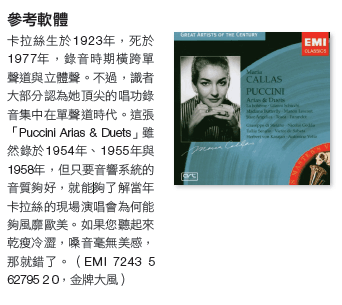 到底這套前後級的音質是怎麼迷人法? 在此我先不用什麼發燒片,就拿單聲道錄音為例。我用卡拉絲那張 「Puccini Arias & Duets」(EMI 7243 5 62795 20),這張CD 的原始錄音時 間是1954、1955與1958年,我要聽的不是錄音的音效,而是卡拉絲嗓音 音質。一句話: 520、501 把卡拉絲嗓音的美質唱出來了,那是如綢緞般滑 潤的嗓音,沒有尖銳,沒有乾澀,不 會削瘦,不會緊繃,反而是豐潤、有 水分、飽滿與寬鬆的嗓音,這樣的嗓 音說明了這套 Soulution 前、後級音質之美。
到底這套前後級的音質是怎麼迷人法? 在此我先不用什麼發燒片,就拿單聲道錄音為例。我用卡拉絲那張 「Puccini Arias & Duets」(EMI 7243 5 62795 20),這張CD 的原始錄音時 間是1954、1955與1958年,我要聽的不是錄音的音效,而是卡拉絲嗓音 音質。一句話: 520、501 把卡拉絲嗓音的美質唱出來了,那是如綢緞般滑 潤的嗓音,沒有尖銳,沒有乾澀,不 會削瘦,不會緊繃,反而是豐潤、有 水分、飽滿與寬鬆的嗓音,這樣的嗓 音說明了這套 Soulution 前、後級音質之美。
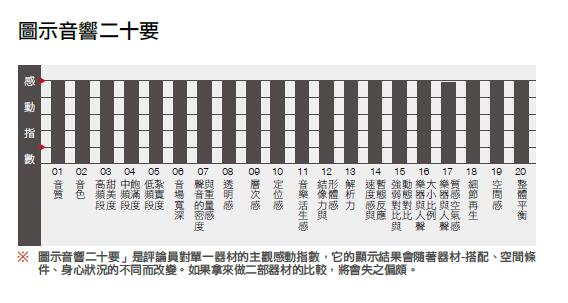

 從這個角度來看 Soulution,我們就比較可以理解這家公司的想法了。他們並不是不切實際,而是根本不用擔心實際上賺不賺錢。追求極致表現,才是 Cyrill 創立 Soulution 的目標,在音響界恐怕也只有 Soulution 才會不管市場接受度到底如何,也要不計成本做出像530這樣沒有任何妥協的綜合擴大機。一般人或許覺得 530 是瘋狂之作,但是對 Cyrill 來說,如果他們做出來的只是跟大家差不多的擴大機,那才是沒有意義的事。要做,就要做真正與眾不同、無法超越的產品,從裡到外都要將市面上其他綜合擴大機遠遠拋在腦後,這就是 530 存在的價值。
從這個角度來看 Soulution,我們就比較可以理解這家公司的想法了。他們並不是不切實際,而是根本不用擔心實際上賺不賺錢。追求極致表現,才是 Cyrill 創立 Soulution 的目標,在音響界恐怕也只有 Soulution 才會不管市場接受度到底如何,也要不計成本做出像530這樣沒有任何妥協的綜合擴大機。一般人或許覺得 530 是瘋狂之作,但是對 Cyrill 來說,如果他們做出來的只是跟大家差不多的擴大機,那才是沒有意義的事。要做,就要做真正與眾不同、無法超越的產品,從裡到外都要將市面上其他綜合擴大機遠遠拋在腦後,這就是 530 存在的價值。 從線路設計分析, 我們也可看出 Soulution 與眾不同、勇於挑戰傳統的獨到見解。首先,許多音響迷對交換式電源一直抱有成見,認為這是廉價的作法,噪訊太高,而且聲音不夠好。不過530卻大膽採用了交換式電源線路,這麼做絕非為了省錢,因為 530 所使用的交換式電源,其實就是新一代 701/711 旗艦後級所配備的獨家技術,等級非但沒有降低,反而與旗艦同步進化。
從線路設計分析, 我們也可看出 Soulution 與眾不同、勇於挑戰傳統的獨到見解。首先,許多音響迷對交換式電源一直抱有成見,認為這是廉價的作法,噪訊太高,而且聲音不夠好。不過530卻大膽採用了交換式電源線路,這麼做絕非為了省錢,因為 530 所使用的交換式電源,其實就是新一代 701/711 旗艦後級所配備的獨家技術,等級非但沒有降低,反而與旗艦同步進化。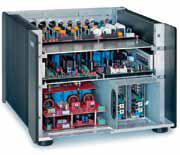 令人好奇的是,一般採用交換式電源的擴大機,體積通常可以大幅縮小,但是 530 的機箱為何還是如此巨大呢?深入研究之後,我發現原因有三:一是 530 一共配備了四組 600瓦的交換式電源模組,總容量高達2,400瓦。二是交換式電源雖然不需要傳統線性電源中體積龐大的變壓器,但是 Soulution 的設計卻配備了容量驚人的電容,用以應付瞬間大電流輸出。三是 530 一共設置了九組獨立供電,六組高速穩壓線路,分別供應前級、後級、數位邏輯控制及其他線路使用,徹底避免相互干擾,所以體積實在無法縮小。
令人好奇的是,一般採用交換式電源的擴大機,體積通常可以大幅縮小,但是 530 的機箱為何還是如此巨大呢?深入研究之後,我發現原因有三:一是 530 一共配備了四組 600瓦的交換式電源模組,總容量高達2,400瓦。二是交換式電源雖然不需要傳統線性電源中體積龐大的變壓器,但是 Soulution 的設計卻配備了容量驚人的電容,用以應付瞬間大電流輸出。三是 530 一共設置了九組獨立供電,六組高速穩壓線路,分別供應前級、後級、數位邏輯控制及其他線路使用,徹底避免相互干擾,所以體積實在無法縮小。 再聽Amadeus弦樂四重奏在1974年錄製的莫札特嬉遊曲KV136(DG 423 300-2),琴音纖細鮮活卻毫不緊繃刺耳,演奏暢快奔放卻毫不急躁。聽史特勞斯的小提琴奏鳴曲(Chandos CHAN8417),小提琴抒情慢板以往只讓我覺得質純溫潤,但是530又再一次提煉出了鮮度極高、活生感強烈的琴音。聽Denes Zsigmondy演奏的帕格尼尼小提琴奏鳴曲(Tuxedo TUXCD1082),琴音能量雖然強勁,但是卻依然有著醇美的質感。
再聽Amadeus弦樂四重奏在1974年錄製的莫札特嬉遊曲KV136(DG 423 300-2),琴音纖細鮮活卻毫不緊繃刺耳,演奏暢快奔放卻毫不急躁。聽史特勞斯的小提琴奏鳴曲(Chandos CHAN8417),小提琴抒情慢板以往只讓我覺得質純溫潤,但是530又再一次提煉出了鮮度極高、活生感強烈的琴音。聽Denes Zsigmondy演奏的帕格尼尼小提琴奏鳴曲(Tuxedo TUXCD1082),琴音能量雖然強勁,但是卻依然有著醇美的質感。